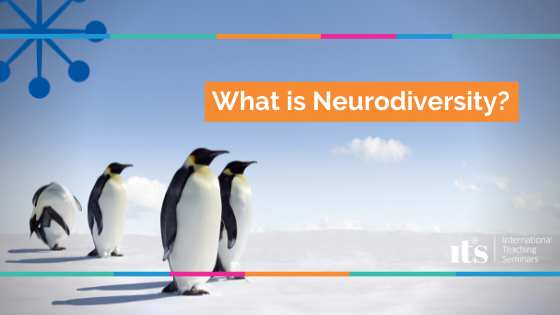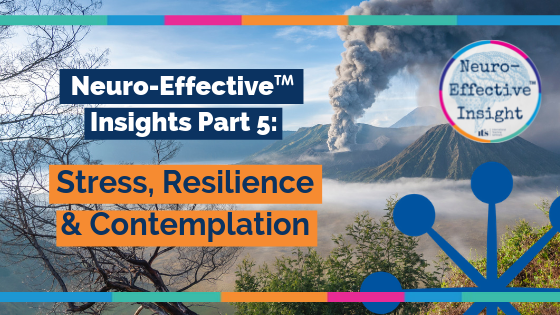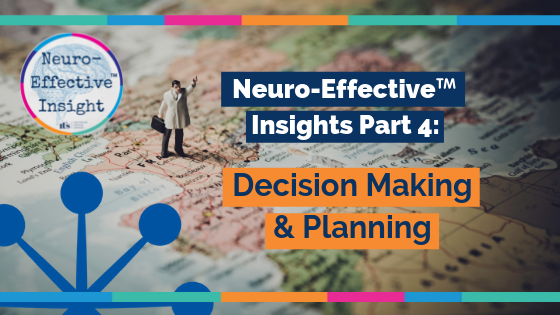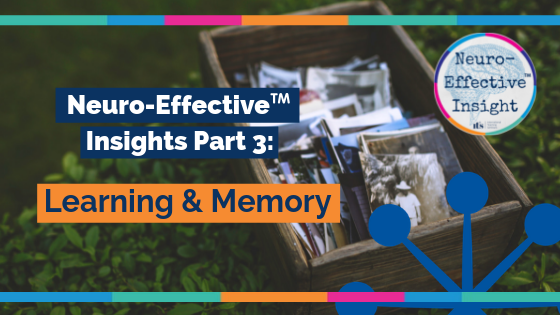In this blog, I’ll be discussing what exactly neurodiversity is and the ways in which it presents itself in a practical sense in our daily lives. Where the term came from, how it affects people and how those who aren’t in the neurodivergent community can support those who are to the best of their ability.
Learning more about neurodiversity means that you can play a more active part in the lives of those around you and brings you a wealth of knowledge and understanding that you may have never had access to before
In its simplest form, neurodiversity is the perception that brain differences are normal, not defective. It reduces the stigma around learning and thinking differences.
Neurodiversity is a concept that encourages people to understand that the only difference between those that have a neurotypical brain and a neurodivergent brain is that people who are the latter simply think about and see the world differently.
Human diversity is incomplete without neurodiversity. The notion that there is a single “normal” or “healthy” form of brain or mind, or a single “proper” style of neurocognitive functioning, is as flawed as the notion that there is a single “normal” or “correct” gender, race, or culture.
– Nick Walker, The Neurodiversity Paradigm
Neurodiversity is understood to be a form of human diversity that is subject to the same social dynamics as other forms of diversity (including dynamics of power and oppression).
The designation of neurodivergence (such as autism, ADHD, dyslexia, and bipolar disorder) as a medical/psychiatric disease is based on cultural bias and oppresses persons who are branded as such.
Where does the term neurodiversity come from?
The term neurodiversity was first coined by an activist and social scientist named Judy Singer in 1999. The term was quickly picked up by the Autistic Rights Movement, which was created earlier in the decade.
Singer was Autistic herself, and wanted to get away from the ‘mother blaming’ theories surrounding neurodivergent minds.
Neurodiversity in practice:
Despite the work of activists, psychologists, scientists and experts, incorporating neurodiversity in the parts of our society that would be most beneficial to neurodivergent people, is still a work in progress. As with any social movement, things can move slowly and education for all is needed to progress further.
Advocacy:
The shift away from ABA, which seeks to “cure” autism by changing the behavioural patterns of individuals with autism, rather than embracing ways to work with the variations in the brain that autism causes, is the most visible way that understanding of neurodiversity is shaping advocacy for neurodiverse populations.
Due to the growing awareness of neurodiversity, we now have a whole network of neurodiversity leaders and educators working to teach others how to appreciate and work with neurodivergent people rather than trying to repair them.
Education:
Within the education system, you can very clearly see that the work of advocates and those behind the neurodiversity movement has made a difference. Before the education surrounding neurodiversity began, children that had neurodivergent minds had very different educational experiences than those with a neurotypical mind.
It used to be commonplace that neurodivergent kids would automatically be separated into a ‘special needs’ group and stay there for their entire duration at school. This led to an onslaught of problems – social problems in and out of the classroom, disregarding how intelligent a child may be simply because they do not have a neurotypical mind and a hoard of self belief problems lasting throughout their adult lives to name a few.
In modern day classrooms, ‘special need’ children will be streamlined into the main body of the school, just with extra support. Many children have a teacher that accompanies them to their lessons, they receive extra help or time when it comes to examinations and teachers are being thoroughly educated on how they can best teach and support their students.
One of the key components of introducing neurodiversity to schools, is that instead of seeing their behaviours as a problem, educators are being taught how to flip the coin and turn that ‘problem’ into a solution. They may have a child in their class that is extremely perceptive and doesn’t miss a trick. Instead of perceiving it as annoying, flip the script! Turn their work into a problem for them to solve. Neurodiversity is all about accommodating the different types of brain.
Employment:
Spending the bulk of your time as a neurodivergent person working in a place that doesn’t accommodate you, with employers that haven’t been given the education and resources to understand, sounds pretty tough. And this is what so many people have had to go through for years. Unfortunately, some still do.
Similar to schools, employers and employee’s alike are now being educated on how they can make their workplace more diverse and inclusive. There are various organizations, such as The Accreditation for Disability Confident Organisation(ACDO), that run schemes, audits and give free education to employers so that they can make the most out of the skills their employees have, and how they can make it a safe space for them to be themselves while doing it.
Prospective employees are now protected by the law, and legally cannot face any discrimination from employers due to them being neurodivergent. There are also inclusivity quotas that employers need to adhere to. They are under legal obligation to have a certain percent of their employee’s that come from a range of race, gender, sexual orientation and disability backgrounds.
Social change:
The prejudice and difficulties that neurodivergent people encounter are still present in our society. Nonetheless, a cultural understanding of neurodiversity can help us change how we think about the matter and how we treat neurodivergent people.
As more and more people are educated on the subject, there is a trickle down effect throughout society that will affect people in all different facets of various different communities. This is invaluable. – Instead of it just being a mere few with the knowledge, a collective understanding is what is going to benefit neurodivergent people the most.
Increased representation of neurodivergent people is also a really great thing. If you never see people who are like you on a world stage, how are you ever meant to think that you belong?
Even in popular TV shows, we now see characters that display the traits that some neurodivergent people may have. The Big Bang Theory (while the character of Sheldon Cooper is exaggerated in instances for comedic effect) showcases the difficulties that neurodivergent people can face in their everyday lives.
In a very compelling episode, Sheldon gets his best friend Leonard to wear a jumper that is irritating and uncomfortable until he can find a solution to his problem. Initially, Leonard boasts saying that it won’t be a problem for him. At the end of the episode, we see Sheldon speak about how that is how it feels for him, when problems go unresolved, yet people always seem to expect him to just accept a situation, not knowing how it really feels to him.
Without neurodiversity, we cannot ever reach a state of human diversity as a whole. The notion that there is a singular correct style of neurocognitive functioning is not only damaging to those that have a neurodivergent mind, but also in its entirety, is a largely inaccurate concept. If someone were to say that there is only one correct gender, race or sexual orientation, the response would be outgrageous.
Neurodiversity leads us to think the same way about our minds.





Leave A Comment